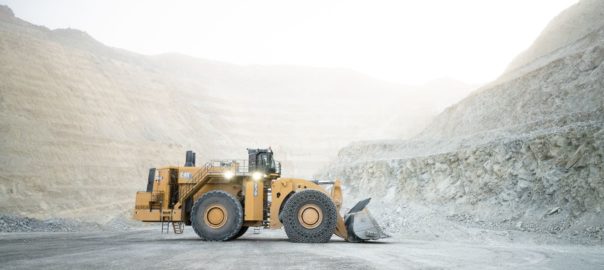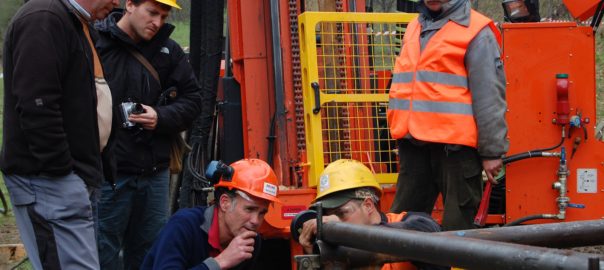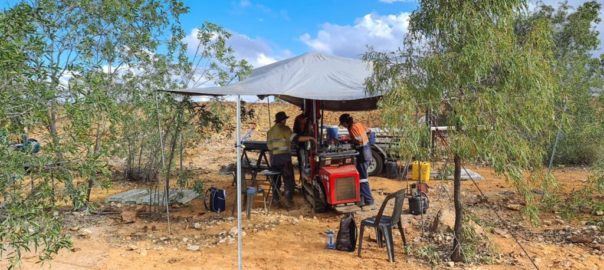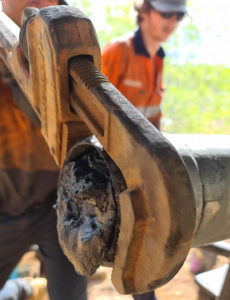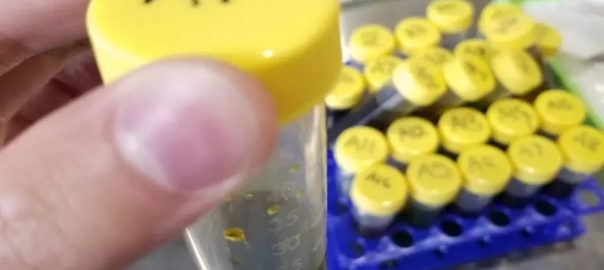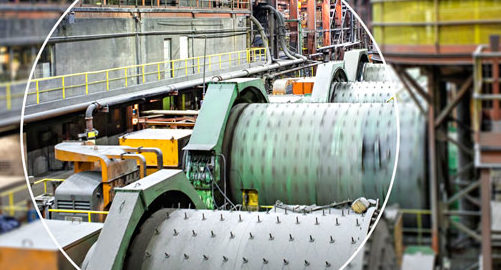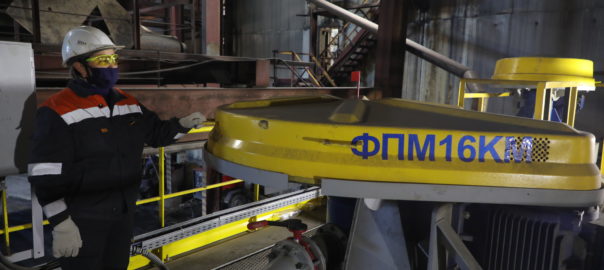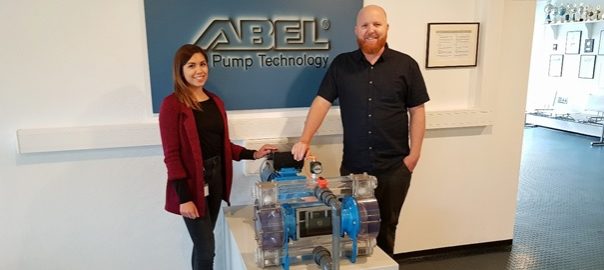Capstone Mining has brought a second Caterpillar 994K wheel loader to its Pinto Valley operation in Arizona, USA, as it looks to reduce its emissions and improve its operating cost base at the copper mine.
Last year, the mine added to its fleet a Cat 994K loader, which, the company says, burns circa-30 less gallons of fuel per hour (1.9 litres/min) than its current shovels. “This reduced our CO2 emissions and operational cost savings on approximately 116,000 gallons of fuel in 2020,” Capstone said.
The second 994K, added last week, will, in partnership with the first wheel loader, displace around 10,000 shovel hours a year and save approximately 410,000 gallons of fuel and millions in maintenance costs, the company claimed.
Capstone concluded: “Pinto Valley is innovating and optimising for exciting times ahead.”
This is not the only area of innovation the company is currently pursuing at Pinto Valley, an operation it acquired from BHP back in in October 2013.
In its 2020 results, released last month, Capstone said the implementation of phase one of its PV3 Optimization project at Pinto Valley had delivered a 10% sustainable throughput improvement compared with 2019.
The PV3 Optimization project has been designed to achieve safer, more reliable and higher capacity operations without major investments in new comminution equipment. It is doing this by leveraging new inexpensive technologies.
Phase one work, which included improved blast fragmentation processes, installation of a new secondary crusher and screen decks as well as a new mill shell, was completed last year. This saw the mine achieve throughput of 57,168 t/d in the December quarter, 10% higher than the annual 2019 average of 51,137 t/d. December 2020 mill throughput achieved 60,717 t/d, which represents a new monthly record in the mine’s operating history.
Phase two of the PV3 Optimization project is expected to be completed in the second half of 2021, upon completion of upgrades to a conveyor, mill auto controls, cyclone packs and retrofits to the thickeners, it said.
During the month of December, the company conducted a pilot plant test of Eriez HydroFloat coarse particle technology at Pinto Valley, with Capstone saying the results had surpassed expectations of a 6% improvement target to overall copper recovery. In fact, the tests showed a 6-8% increase in overall copper recovery was achievable, which, when combined with expected higher throughput rates, could result in an additional 9-12 MIb/y (4,082-5,443 t/y) of copper production at the operation, it said.
“Additional benefits to the technology include allowing the operation increased throughput by operating at a coarser grind size, which is expected to lower power costs, improve water consumption and lead to improved stability in the tailings storage facility,” Capstone said in its 2020 results. “The estimated $70 million expansionary capital, which includes the installation of Eriez HydroFloat and related equipment, if approved by the board of directors, is expected to be spread over half two 2021 and early 2022, with start-up expected in Q2 (June quarter) 2022.”
Capstone said it expects to release an updated NI 43-101 technical report that encompasses the PV3 Optimization Phase 1 and Phase 2 projects and improvements in the second half of 2021.
At the same time, it is also looking into a PV4 study at Pinto Valley.
Capstone explained: “Feasibility work on scenarios to take advantage of approximately one billion tonnes of mineral resource not currently in the mineral reserve mine plan, which is at similar grade to the current mineral reserves, will be conducted for Pinto Valley.”
The PV4 study is expected to be released in late 2022 and will contemplate using existing mill infrastructure rather than building new facilities, with higher mining rates, higher cutoff grades to the mill and increased tonnage available for leaching.
Extensive column leach test work in collaboration with Jetti Resources LLC will take place over 2021. Jetti’s patented catalytic technology, designed to allow for the efficient and effective heap and stockpile leach extraction of copper, has been a success at Pinto Valley’s leaching operation, where it expects to recover up to 350 million pounds of cathode copper over the next two decades from historic and new mineralised waste piles.
“Capstone is a pioneer in the application of this leach technology and we intend to use it to enhance the economics of a future expansion at Pinto Valley,” it said.







